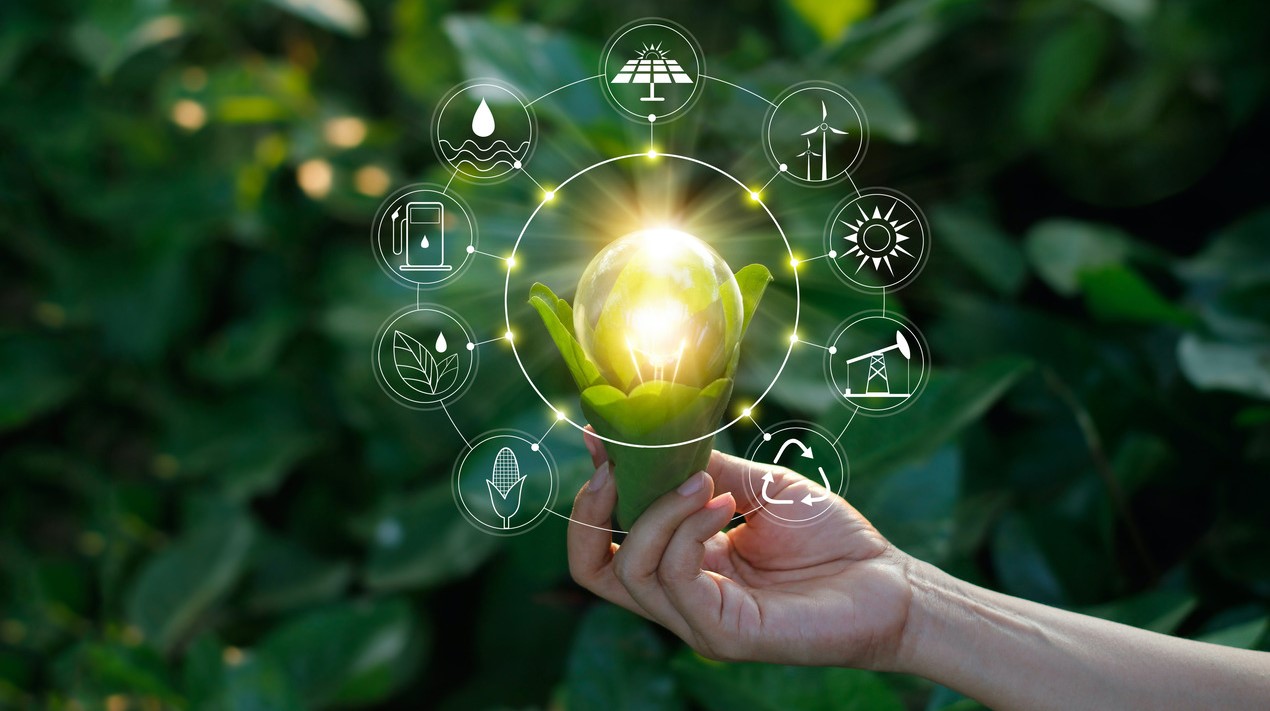
|
Getting your Trinity Audio player ready...
|
Australia’s national science agency, CSIRO, and Swinburne University of Technology have forged a pioneering partnership aimed at spearheading global decarbonisation through groundbreaking research and development in green steel and mineral processing.
This collaboration, known as the ‘Sustainable Mineral Processing and Green Steel Programme,’ seeks to bolster national research capabilities, fostering innovation to explore low-emission steel technologies. The programme’s overarching goals include addressing key challenges in achieving net-zero emissions within the mineral resources industry, such as developing low-carbon pathways for iron, steel, and critical metals, along with advancements in recycling technologies.
As Swinburne solidifies its position as a leader in supply chain transformation and sustainability, this collaboration aligns with its Net Zero 2025 Pathways. The university’s investments in researchers covering minerals characterisation, minerals processing, pyrometallurgy, and materials recycling complement CSIRO’s extensive expertise in minerals research and development, synergising efforts to bring the programme to fruition.
Moreover, the programme aims to facilitate international conferences, industry courses, and student engagement through scholarships, joint projects, and work experience programmes. Positioned within CSIRO’s ‘Towards Net Zero Mission,’ this critical work plays a pivotal role in supporting Australia’s challenging-to-abate sectors to achieve a 50% emissions reduction by 2035.
Swinburne’s Chief Scientist, Professor Virginia Kilborn, expresses strong support for the programme, highlighting its commitment to global net-zero goals. Professor Geoffrey Brooks anticipates a pivotal role in Australia’s sustainable steel drive, and CSIRO’s Andrew Jenkin underscores the focus on low-emissions iron and steel technologies. Keith Vining stresses the necessity of new R&D partnerships for effective decarbonisation in the minerals industry.
In essence, this collaborative venture signifies a strategic alliance at the forefront of Australia’s pursuit of sustainable and decarbonised steel production and mineral processing, aligning with global imperatives for a green and low-carbon future.
Australia is increasingly recognising the transformative potential of digital technology in advancing sustainability initiatives. With a growing emphasis on leveraging digital innovations to address environmental challenges and promote sustainable practices, the country is keen to harness the power of technology for positive ecological and societal outcomes.
OpenGov reported that environmental psychologist Dr Sonja Geiger at Murdoch University conducted research exploring the use of virtual reality (VR) technology as a tool to enhance empathy and promote sustainable behaviour in addressing climate change.
Participants immersed in a VR experience assumed the perspective of a tree, starting as a seed and growing into a forest tree. The simulation induced a profound sense of connectedness, prompting participants to reflect on the human-nature relationship and fostering a collective empathy for the environment.
Australia has unveiled its Long-Term Emissions Reduction Plan, targeting net-zero emissions by 2050. Employing a technology-centric strategy, the plan safeguards industries, regions, and jobs, aligning with an overall emission reduction strategy. Integral components include the Technology Investment Roadmap and corresponding Low Emissions Technology Statements.
The plan is a strategic guide to achieving net-zero emissions by 2050, emphasising a practical and responsible approach. Anchored in technology, the plan, with its Technology Investment Roadmap, prioritises cost-effective solutions, job creation, and economic growth while ensuring the well-being of regional industries and global collaboration for decarbonisation technologies.
This comprehensive plan aims to navigate Australia towards a sustainable future, harmonising environmental goals with economic resilience. The Australian government will invest AU$ 20 billion in low-carbon power over the next decade (under the Technology Investment Roadmap), hoping to unlock AU$ 80 billion of private and public investment in green technologies. Five-yearly reviews were set to assess the progress of the Plan and the technological advancement required to achieve its objectives.
















